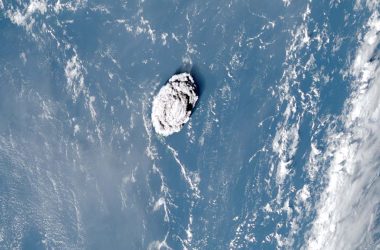A Hakea tree stands alone in the Australian outback during sunset. Pilbara region, Western Australia
Shutterstock/bmphotographer
What is nature? We tend to think of it as something “out there”, far away. We watch it on TV, we read about it in glossy magazines. We imagine somewhere distant, wild and free, a place with no people and no roads and no fences and no power lines, untouched by humanity’s grubby hands, unchanging except for the turn of the seasons. This is our mistake. This dream of pristine wilderness haunts us. It also blinds us.
After many years contemplating and writing about nature and wilderness, I have come to recognize these concepts as not only unscientific but also detrimental. The idea of a pristine ecosystem is a myth. Throughout history, humans have significantly impacted the Earth, resulting in all organisms alive today being influenced by us. Furthermore, the influence goes both ways, with humans deeply affected by the plants and animals we have evolved with; we are part of the natural world.
Changing our perspective on nature is not an easy task. It is challenging for you and me, and it is likely even more difficult for those who have dedicated their lives to studying and protecting wilderness. However, it is essential that we do so. The rhetoric of “wilderness” has often been employed to justify denying land rights to Indigenous people and erase their rich histories. Moreover, viewing nature and humans as incompatible renders it impossible to explore or establish ways of collaborating with and within nature for the greater good.












